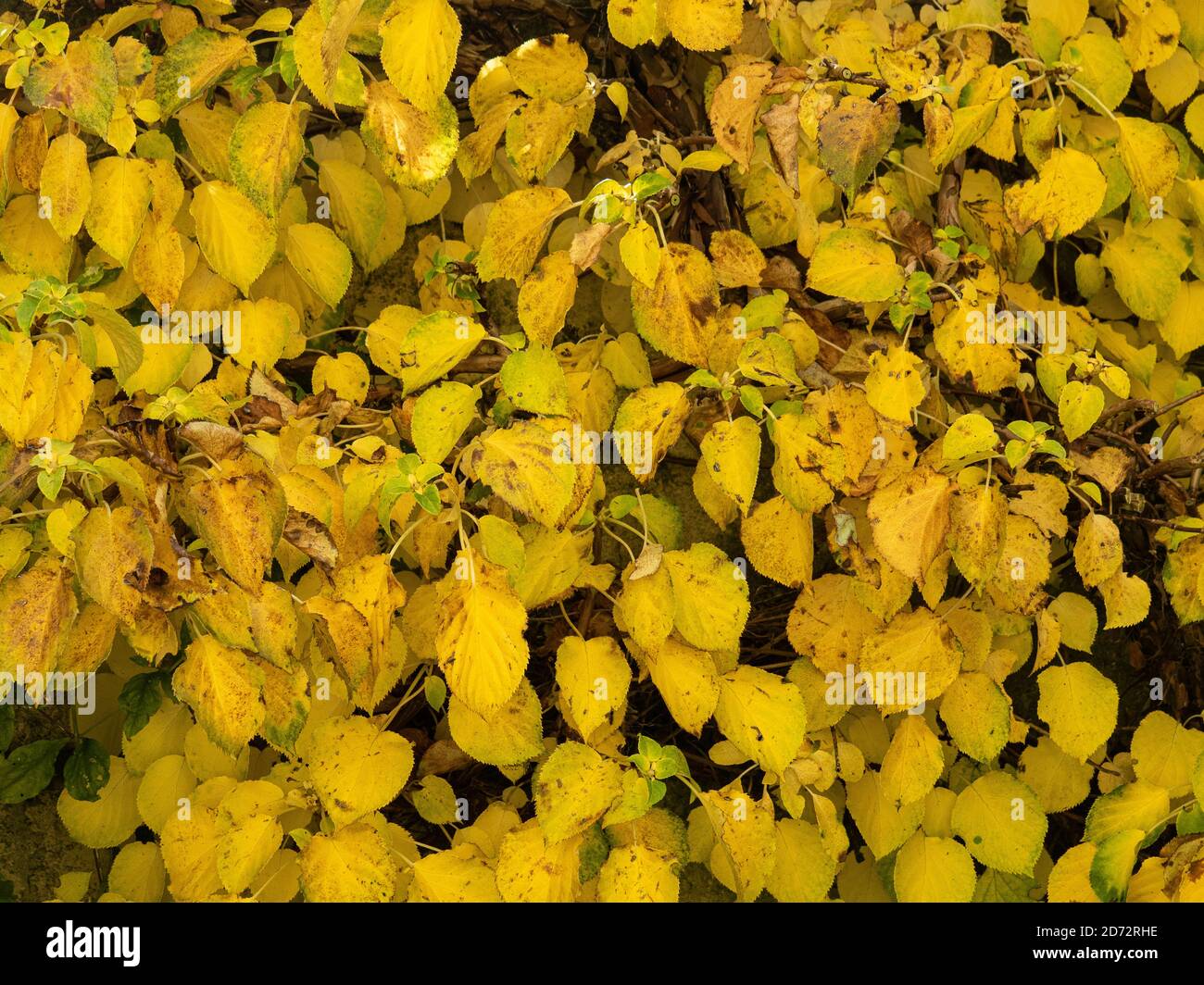The Buzz on Hydrangea Leaves Turning Yellow
The Buzz on Hydrangea Leaves Turning Yellow
Blog Article
9 Simple Techniques For Hydrangea Leaves Turning Yellow
Table of ContentsHow Hydrangea Leaves Turning Yellow can Save You Time, Stress, and Money.How Hydrangea Leaves Turning Yellow can Save You Time, Stress, and Money.The Best Guide To Hydrangea Leaves Turning YellowRumored Buzz on Hydrangea Leaves Turning YellowSome Of Hydrangea Leaves Turning YellowThe smart Trick of Hydrangea Leaves Turning Yellow That Nobody is Talking About
One possibility is that the plant is not getting sufficient sunshine. Throughout the winter season, the days are much shorter, and the sun is not as extreme, so ensure to put your Hydrangea in a place where it will obtain at least six hours of sunshine daily. Another factor for Hydrangea yellow leaves in winter months could be way too much water.The fallen leaves might be transforming yellow due to temperature level stress and anxiety. Hydrangeas like cooler temperatures, so if the plant remains in a place that gets also warm or too cool, the fallen leaves will transform yellow. If you assume temperature level stress and anxiety may be the concern, try relocating your Hydrangea to a various place or shielding it from the aspects with a burlap cover.
New growth will certainly be observed in very early springtime, when you'll see green foliage growing from stems that may have appeared dead. If your fallen leaves are transforming brown in spring or summer season, there are likely various other elements at play (Hydrangea Leaves Turning Yellow). The exact reasons rely on the variety and their expanding problems, but in general, brownish hydrangea fallen leaves suggest dehydration and wilting in the heat
Hydrangea Leaves Turning Yellow Fundamentals Explained

Wilting is brought on by absence of moisture, indicating there are a couple of excellent methods to use to avoid this from happening. Give your hydrangeas a healthy glug of water every few days when the temperatures are climbing up high, and deal with the soil to better preserve dampness. After sprinkling, a bit of mulch around the base of each plant need to help with this by keeping dampness in the dirt.
This interrupts fungi spores from settling. "The Botrytis fungi prospers in awesome and damp problems, so avoid showering the entire plant when watering and simply water at the roots," shares Roy Nicol, a Master Green thumb. If you have actually missed the opportunity for avoidance and are taking care of an infection you must get rid of all dead or drastically contaminated leaves from the plant and damage them to stop further spread.
Not known Facts About Hydrangea Leaves Turning Yellow
As a basic rule of thumb, we advise visit this website getting rid of leaves when they are 50% brown or higher. While browning brought on by any type of factor can't be reversed, taking the corrective action described above will motivate the plant to expand new leaves so the harmed leaves either drop off naturally or can be removed by the gardener.
Hydrangeas must be watered only when the top couple of inches of soil are dry, and need to be given a detailed saturating each time. Underwatered hydrangeas are most likely to have yellow, wilting, and sagging leaves.
The way you take care of hydrangea leaves turning yellow depends upon the essential problem creating the yellow fallen leaves. This can be tough to determine, however when you do you will be able to adjust your plant treatment accordingly to care for the problem. As stated previously, a common concern with hydrangeas is vitamins and mineral deficiencies.
How Hydrangea Leaves Turning Yellow can Save You Time, Stress, and Money.
Throughout the peak expanding period, you need to sprinkle at a rate of regarding 1 inch weekly. If you are stressed over not correctly watering your hydrangeas, there are a couple of things you can do. Adding mulch to the base of the plants over the origin area aid to control the temperature level around the bush and maintain water in the dirt.
Additionally, you can purchase and set up straightforward watering worlds. Sprinkling globes hold water in them and gradually launch this water into the dirt as the ground ends up being dry. Just load the globe with water, stick the spout right into the dirt within the root area near the base of the plant, and leave it in place until all the water is gone.
If it is also extreme, some plants will certainly never recover from transplant shock and will continue to decline up until they die. Minimize transplant shock by including as numerous origins as feasible when digging up your plant to relocate. Make certain to offer more water than common in the weeks following planting to assist your plant recoup and grow new origins.
Hydrangea Leaves Turning Yellow for Dummies
To prevent spreading out fungal diseases, make certain to thouroughly tidy and sanitize any type of trimming devices prior to and after use. You can attempt to flush the roots with water to get rid of excess fertlizer.
Your hydrangea plant chooses well-drained, wet soil. If the pot has bad water drainage, or your dirt is discover here flooded, the try this out leaves will certainly begin to turn yellow.
If you don't sprinkle your hydrangea plant for even more than a week, the fallen leaves will certainly begin transforming yellow. Fungal conditions that attack the plants tend to show indications on the origins and the fallen leaves of the plant.
Not known Details About Hydrangea Leaves Turning Yellow

Report this page